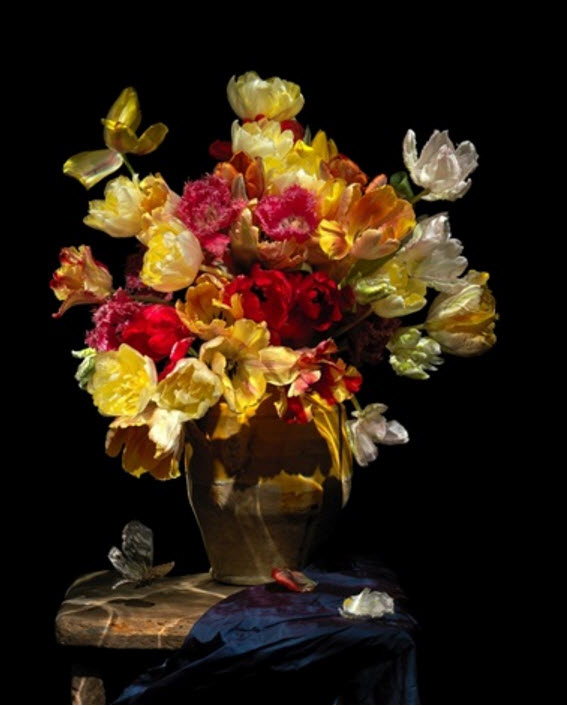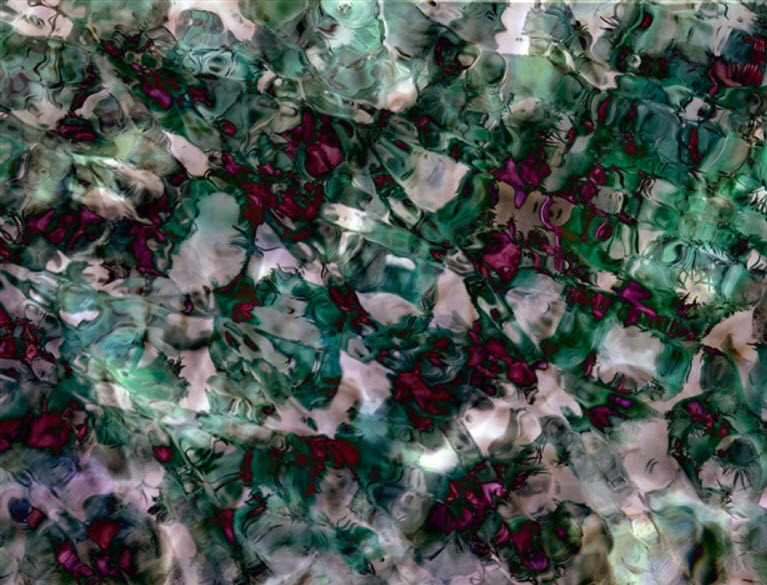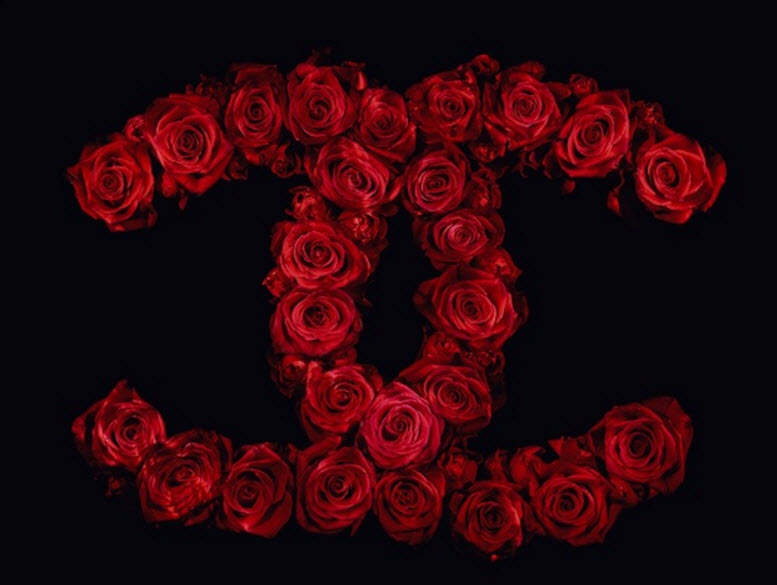People
artnet Asks: Alexander James on How Water Can Be a Photographic Medium
His current solo show is on view in London through May 30.

His current solo show is on view in London through May 30.

Artnet Galleries Team

Alexander James has one of the most complex photographic practices of any artist working today. His current exhibition “All Icons Are False” displays still lifes of flowers and skulls bathed in an eerie light and painterly atmosphere—a sort of trompe l’oeil effect achieved by photographing all the objects completely submerged in water.
Here, the artist discusses the history of his practice, its urgent ecological message, and what we can expect next from him. “All Icons Are False,” the first London show by the English artist in decades, is currently on view at D Contemporary gallery, but visitors must hurry before the show closes on May 30.
What led you to become a photographer?
I think this happened by accident when I was very young as an artist. I was rough sleeping on beaches around the Caribbean, building sculptures out of washed-up materials, taking them underwater and creating interventions on endangered or recently dynamited reef systems. This happened a lot in the past—often hotel developers would buy land with difficult reef systems, and forcibly remove them to make way for softer waves and sandier beaches. I saw this firsthand, and it immediately moved me to action. Both in advance of the reefs’ destruction, and afterwards as a moment mori for what was.
Some of these underwater installations were difficult to swim to, so photography was used to fix and extend the work, and allow fuller access to it.

Alexander James, Plate 0026-9 from All Icons Are False (2016). Courtesy of D Contemporary.
When did you realize water could be a medium?
The decision that water was to be my medium was set in those early days; it was difficult work and often dangerous. Free diving offshore, tanked on deeper dives, and always alone. Sometimes the materials would fight me in their bid to stay afloat, and often there were inquisitive receptions waiting for me.
I dived exhaustively at least four times a day for four years working, dreaming, and thinking underwater for this length of time had made its mark on me. I cannot turn away.
Tell us about your current show at D-Contemporary.
This new work is a further realization of how much farther I still can push ahead. The floral abstraction works involved complicated processes to capture eight-by-ten inch film plates and mixing differing film mediums, such as positive and negative together.
This creates an otherworldly outcome that is completely freeform yet controlled. It is a celebration of nature and with a slightly different perspective can show has many more surprises for us to see—both in science and in art. Something completely new, and that is exciting.
You’ve previously said that the “reproducible capacity of photography is both its force and its failing,” and since 2013 only produced unique prints. Why stick with photography, instead of pursuing painting or some other medium?
I do paint, but have never released any of those works. Perhaps one day I will, but for now I know I have not fully explored the physical form with how analogue photography and water can be used to interpret it. I do my work fully underwater, and by using the surface tensions and elasticity with interventions to paint the subject in light in a controlled way.
That may sound like a strange way to work, but to me the only strange thing about my practice is that I only want to produce these kind of pictures, and only this way. It can be done in other ways, but it would not be the same—through darkroom or digital manipulation of some kind—but this does not appeal to me. I have no desire to manipulate anything other than these liquid mechanics. If I used these other methods, tricks would occur to me, and I would be able to repeat them endlessly. To me, that would be horrific and the pictures no good.

Alexander James, Chanel, from Rosae (2010). Courtesy of D Contemporary.
Some of your other projects have included breeding butterflies and growing period-specific flowers. To what other lengths have you gone to compose your desired image?
I am completely driven to maddening levels by my work, and there are absolutely no limits to what I am prepared to put myself through both financially and physically to see the realization of. Once a seed is set in my mind, I will not be driven off course—every thought wasted or not written down or acted upon to me is pointless.
One example of this was the project Oil + Water, where I enact the process enthalpy of fusion, which is created when you cool water in an enclosed space caused by expansion pressure. For that, I had to find extremes in temperature, so I travelled to Siberia in temperatures of down to negative 70 degrees to create my works from within the frozen forests in winter. Mixing crude oil, still warm from the deep wells and fresh water from the Yenesei River.
The project took four very cold months to complete, and every moment was relished.
Do you work in open water or in pools? Any memorable or frightening moments working underwater?
I custom-make tanks in the studio which hold up to 30 tons of water for my still-life works, and open sea on the installation works. I have also worked in streams, rivers, and even the Los Angeles floodwater causeways.
In the past I have received a severe bite to my wrist from a moray eel, many fire coral burns and coral scrapes across my body, sharks testing whether I was edible or not, and a horrible jellyfish toxin-filled wound to my neck which still glows red under my skin after happening 30 years ago.

Alexander James, River Brook with Roses, from ‘A Beautiful Announcement of death’ (2012). Courtesy of D Contemporary.
What’s next for you? Any upcoming projects or exhibitions?
I want to kayak around all the Atolls of the Maldives, a place I know quite well already. This region is an important climate change impact zone. Their entire population and its lands are at risk of rising water levels—perhaps to the point where and entire nation will be forced to relocate.
I plan to go back to the early work with installations and interventions underwater and on land exploring the polarity therein.
Water is an important medium for me to continue exploring, its environmental signature is a conversation I have made a lifelong commitment to. Today, as in the past, we have entered conflicts over access to oil, and soon those very same disputes will happen over access to clean water and for our very survival. This takes much of my thoughts, and I want to serve it diligently.
The artnet Gallery Network is a community of the world’s leading galleries offering artworks by today’s most collected artists. Learn more about becoming a member here, or explore our member galleries here.